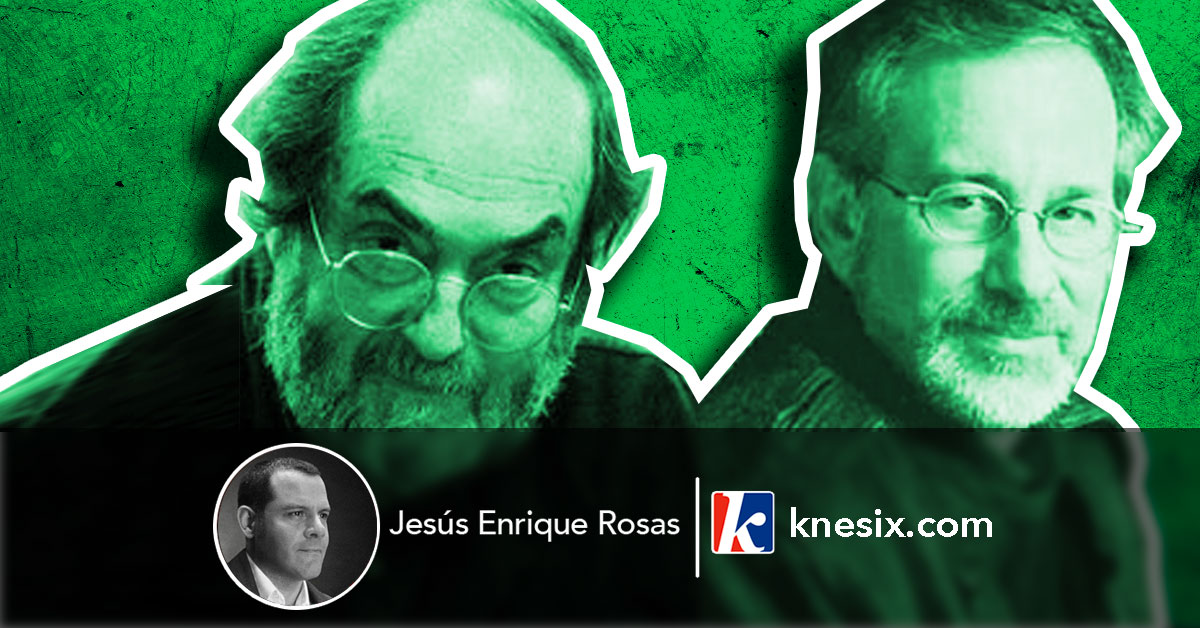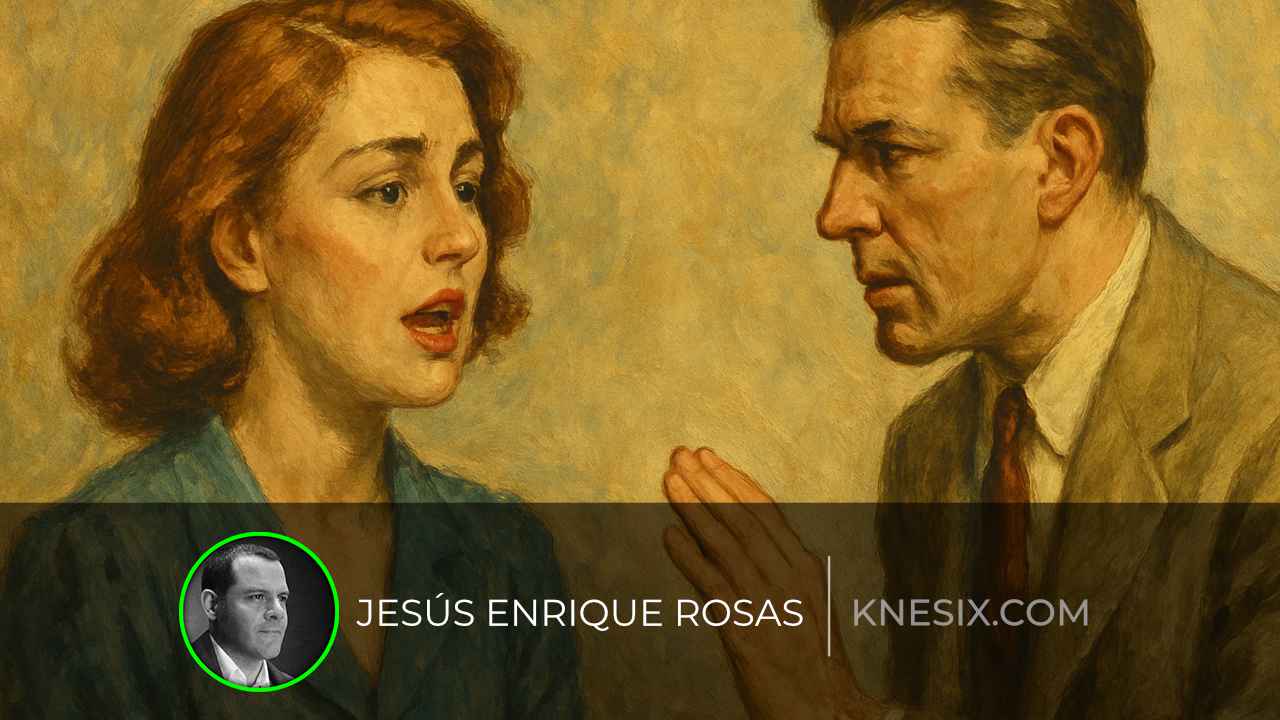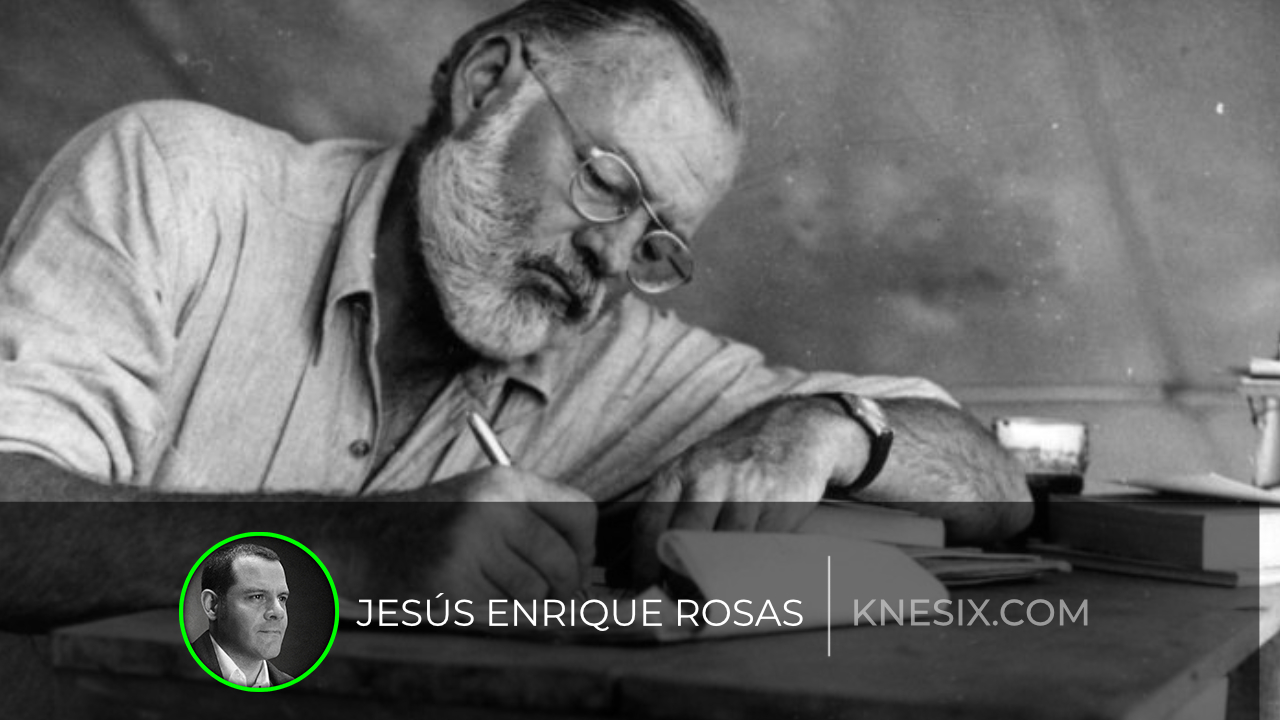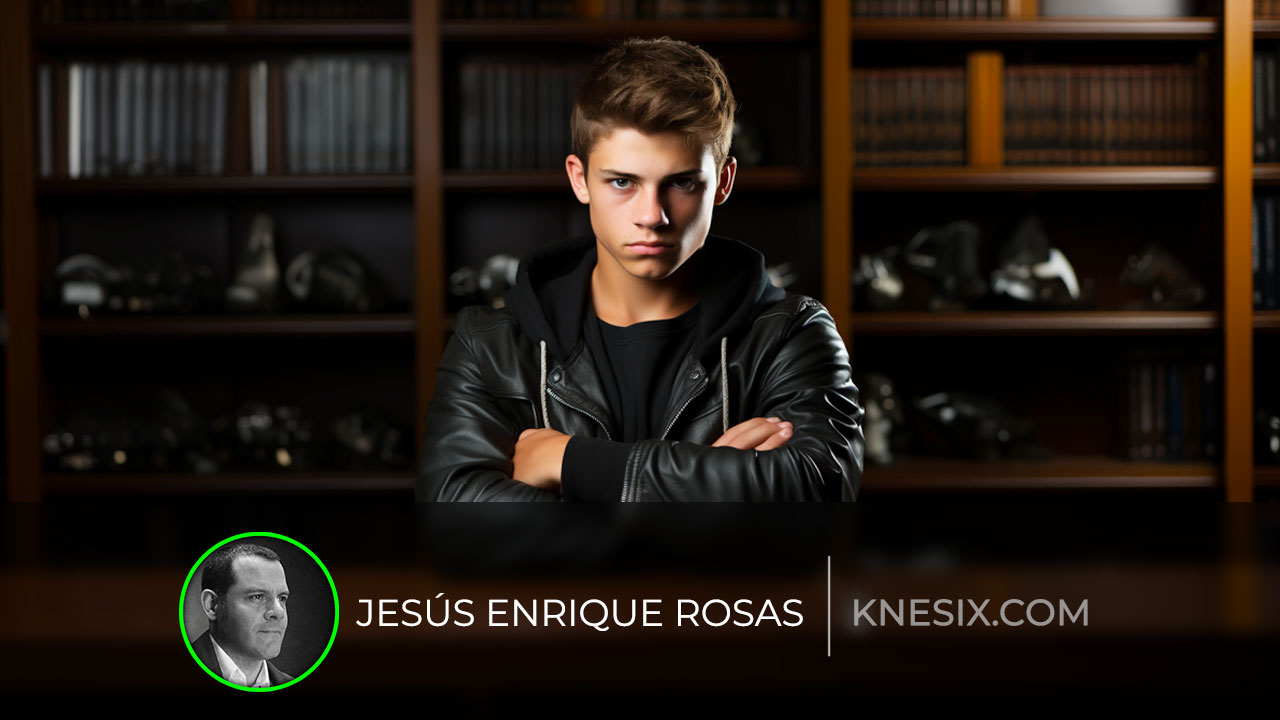Sometimes the most obvious way to look at our circumstances might not be the right one to understand it.
A great example is when Steven Spielberg met Stanley Kubrick for the first time:
The rising director, who only had a couple hits on his belt, met the filmmaking juggernaut in the set of The Shining.
Right in the middle of the main hall of the Overlook Hotel – a sound stage entirely decorated and ready to roll cameras.
But there was something odd.
In the middle of the main hall, over the table where Jack Torrance’s typewriter should be, there was a scale model of the hall itself.
A recursive ‘hall within a hall’
Kubrick – as eccentric as he was – happened to be testing shots with tiny stick figures inside the model.
Spielberg tried to make some sense of it. There was this mastermind of cinema, in a full decorated set, all to himself…
…and he preferred to test the shots in a tiny scale model, right inside that very set.
The very obvious question arose:
— Why are you testing shots in the scale model? isn’t it easier to test the shots in the set itself?
Kubrick breathed heavily, turned around and gave Spielberg what we could imagine as a very menacing look.
— Is there a problem with that?
He didn’t wait for an answer.
Spielberg did not insist. Despite the rough first impression, they became really good friends until Kubrick’s passing in 1999.
Now you know the reason behind “Ready Player One”s heavy references to “The Shining”.
But I want you to focus on that scale model.
Even if Kubrick had the whole set to himself, he decided to look at it in a different way.
Let’s say that he wanted to see it in a different perspective. Like an almighty being watching the story unfold.
That’s a great way to look at all sort of things. Especially, problems.
I often recommend this NLP trick of taking a step back, get out of your mind, and looking at your situation with a fresh pair of eyes.
After all, when someone ask us for help, we are 10x more efficient to look at their issues with a clear mind and establish a clear action path.
Jordan Peterson says something about it in his book “12 Rules for Life”.
Treat yourself like someone you’re responsible for helping.
In other words, look at yourself in third person. Even if it makes no sense. Do as Kubrick did; watch the action from above with a clear mind.
One of the things you should be aware of is your own body language; it’s a strong indicator of your emotions.
I’ve got a great start for you: my free ebook of body language and persuasion tips.
Start your persuasion journey here:
https://jesusenriquerosas.com/subscribe
Much success,
Jesús Enrique Rosas
I can read your body language and write a story about it.



